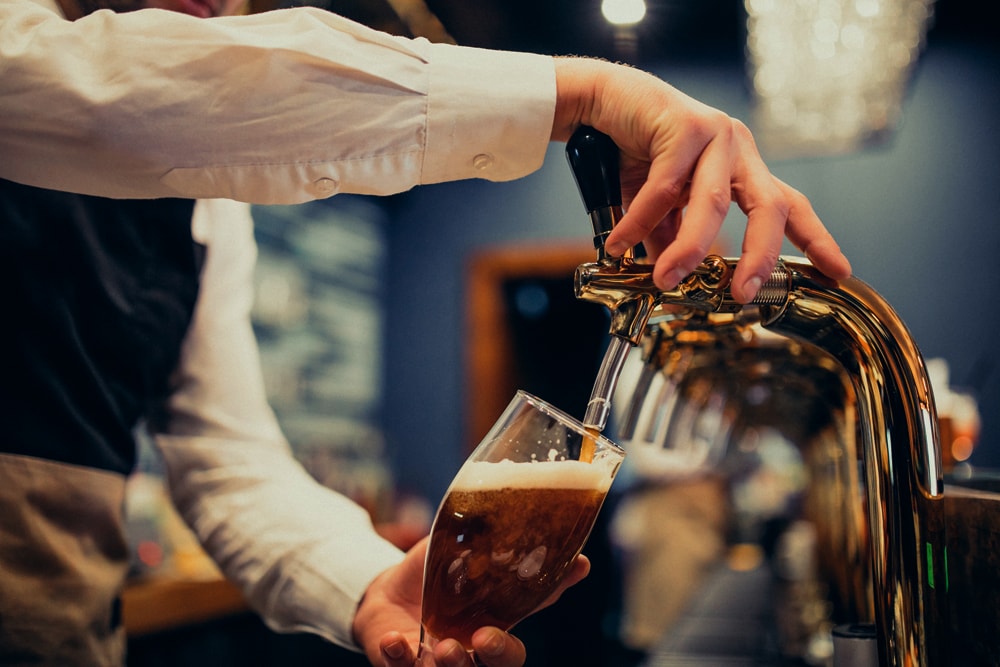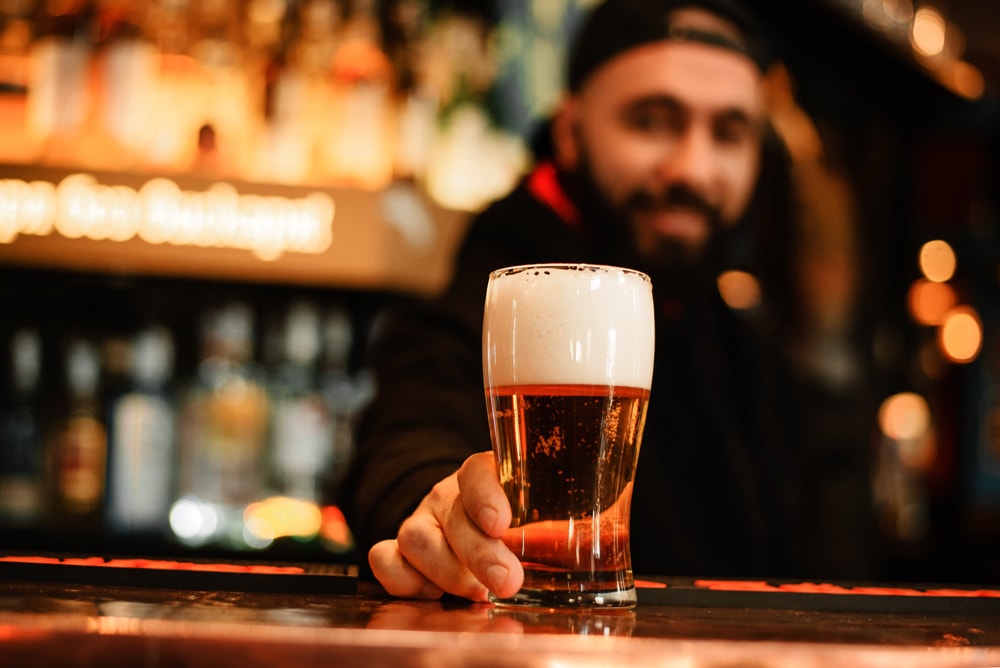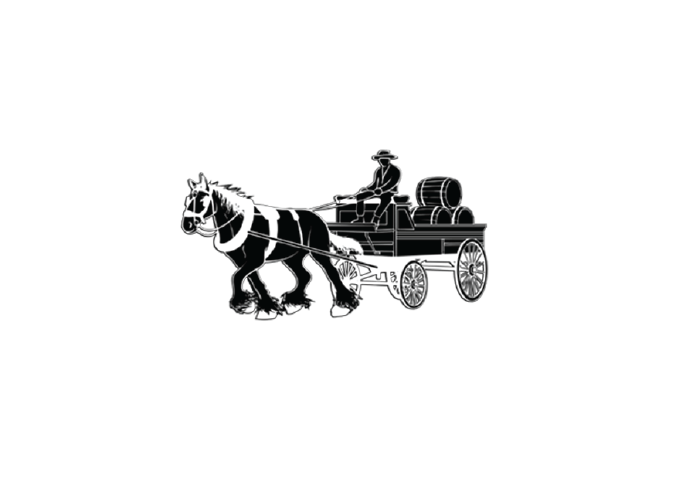Serving the Perfect Beer: How to Clean Your Beer Lines

The condition of your beer lines plays a significant role in the overall quality of the beer you’re serving. Cleaning beer lines is part of the weekly hygiene process to ensure that the beer coming from the tap is fresh and is free of bacteria. It can take several months to brew, finish, and package a keg of quality beer but it only takes a few seconds to ruin that once it travels to a draft system that is not maintained correctly. Failure to clean and maintain beer lines regularly can affect not only the beer itself but also the reputation and sales of even the most well-known brewers.
In this article, we’ll be discussing how to clean your beer lines so you can serve the perfect beer to your customers.

Reasons to clean your beer lines
There are plenty of reasons to clean your beer lines routinely. In general, brewers are trying to avoid the following problems by ensuring their beer system is adequately maintained.
- Yeast – Yeast may come from trace amounts left from the brewing process or from wild yeast that’s floating in the air. It’s usually found on components on beer systems exposed to the air such as keg couplers, drains, and faucets with a noticeable white or grey colour.
- Mould – Mould can find its way inside a beer system through air exposure. Like yeast, mould is visible on open-air components and y its brown or black colour.
- Beer stone – Grains, water, and other raw materials used in the brewing process contain calcium. Hops contain oxalic salts or acids that can form when turning barley into malt. The combination of these ingredients, along with the cold temperatures at which beer is dispensed, can create calcium oxalate deposits (aka beer stone). Beer stone flakes off inside the beer lines and affect the taste of the beer itself.
- Bacteria – While most bacteria found in beer does not pose a threat to human health, it does affect the taste, aroma, and appearance of the beer. Bacteria clouds the beer and gives it an off-taste that ruins the beverage’s overall quality.
Line cleaning equipment and procedures
When it comes to cleaning beer lines, there are two unique methods used; pressurised cleaning and re-circulating cleaning. Let’s take a look at how these two cleaning methods work:
- Pressurised cleaning – Pressurised cleaning is done by placing the cleaning agent inside a plastic or metal container and injecting it through the beer lines using a hand pump or compressed air. The containers connect to the beer lines via a faucet adaptor or a coupler for the beer tap. This type of cleaning method allows for quick and easy cleaning of direct draw systems, short-draw systems, and picnic pumps that are less than 6 metres long.
- Recirculating cleaning – Recirculating cleaning uses a motorised pump that’s equipped with connectors that connect to the beer tap or faucet end. For long-draw systems that are over 6 metres long, recirculating cleaning is the best option. The turbulent flow of the cleaning solution is up to 80x more effective than just letting the solution soak inside the beer lines as is the case with pressurised cleaning.
Regardless of the type of cleaning method you use, it’s important that you follow this three-step cleaning procedure to ensure the beer lines are thoroughly cleaned and sanitised.
Step 1:
Start by flushing the beer out of the beer lines with water. Removing the beer is important so that it doesn’t dilute the cleaning properties of the chemicals to be used.
Step 2:
Clean the beer lines with a brewery-approved line cleaner and cleaning solution. Depending on the conditions, you will need to use either an alkaline-based solution or an acid-based solution. Make sure to check with the manufacturer’s recommendations on the proper mixing ratio, contact time, and temperatures for maximum cleaning efficiency.
Step 3:
The last step is to flush the cleaning solution thoroughly with water. After the rinsing cycle is complete, check the pH levels using litmus paper or a pH tester to ensure that no cleaning solution is left in the beer lines. From there, reconnect the kegs and allow some beer to course through the faucet and discard them before refilling completely with beer.
Do note that the beer lines should be cleaned at least once every two weeks along with the faucets and keg couplers. These components require cleaning on a regular basis since they also come in contact with the beer and need to be maintained at the same rate as the beer lines.
By following these cleaning guidelines will allow you to maintain your beer lines and serve fresh beer every day to your customers. Serving great-tasting draft beer starts with cleaning your beer lines which will keep your local patrons coming back for more.
